What is Ethernet? What is an Ethernet Port?
Ethernet is a term commonly used in computer devices, laptops, TVs, etc., but it is still unfamiliar to many people. You may have heard of Ethernet on news outlets or social media. So, what is Ethernet? What is an Ethernet port? Let's explore the outstanding features of Ethernet with Gpwebmedia.net in the following article!
What is Ethernet?
Ethernet is a type of network technology that connects networks within a local area network (LAN). It is a means for electronic devices to connect with each other through a protocol.
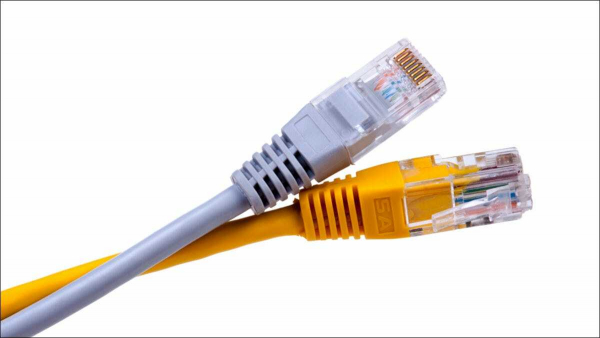
In other words, Ethernet allows computers, laptops, TVs, and other devices to connect to the network and transfer data to other devices. Ethernet uses frames to segment data streams into packets containing source and destination addresses, with functions to detect errors in transmitted data and request retransmission.
Because of its high speed, security, and reliability, Ethernet is widely used in modern life, such as in offices, schools, and companies.
What is an Ethernet Port?
An Ethernet port is where you plug in an Ethernet cable to transmit data. An Ethernet port is a small socket, slightly wider than a phone charging port, typically found on the side or back of electronic devices.
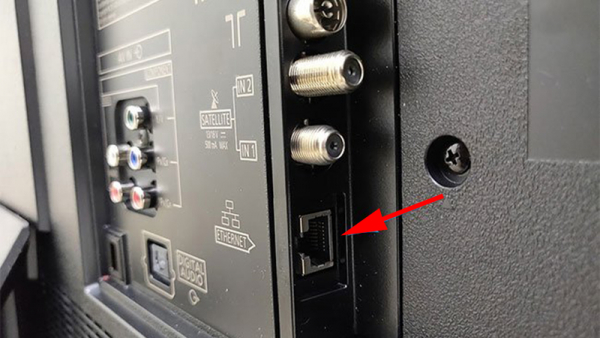
It connects wired network hardware within a network system such as LAN, WAN, or MAN. Modern electronic devices, including TVs, computers, gaming consoles, and networking devices, are equipped with Ethernet ports.
How Data is Transmitted via Ethernet
Data transmission via Ethernet occurs at two layers: the physical layer and the data link layer, commonly referred to as Layer 1 and Layer 2. In operation, Ethernet defines two transmission units: packets and frames, through the OSI network protocol model.
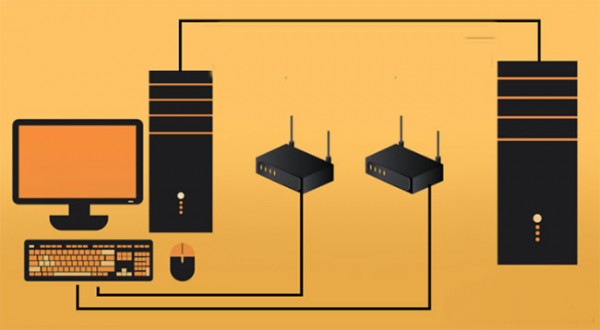
Each frame must be within a packet containing several bytes of information to establish the connection and mark the location. The frame contains the transmitted data content, physical access address, error correction information, and VLAN tagging.
Features of Ethernet
Ethernet has several notable features:
- High-Speed Data Transmission: Data transmitted over Ethernet provides users with high speed and smooth performance.
- High Security and Reliability: You can use it with confidence as Ethernet is highly secure and reliable. If someone intrudes into your network, all devices on the network will immediately stop processing and wait until the user attempts to retransmit.
- Data Sharing: You can share data with printers, scanners, computers, etc.
- Fast Data Transmission: Ethernet is widely and popularly used in daily life, work, and study due to its quick data transmission.
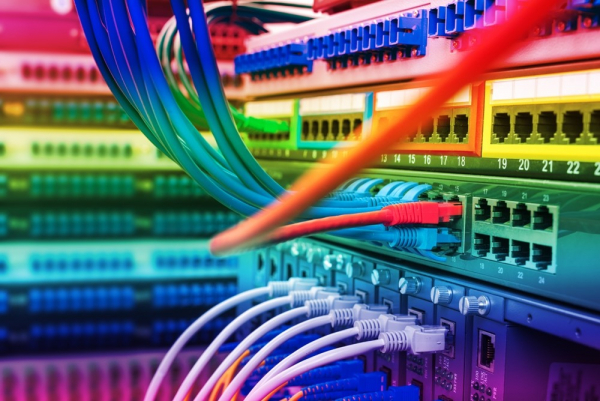
Common Types of Ethernet Cables Today
As of October 3, 2024, three common types of Ethernet cables are widely used:
- CAT5E Cable: This cable can transmit signals up to 1000 Mbps, providing users with smooth and stable network speed with minimal crosstalk.
- CAT6 Cable: Similar to CAT5E but with a bandwidth of up to 250 MHz, 2.5 times that of CAT5E.
- CAT6A Cable: The most advanced cable today, featuring a thick outer shield to reduce interference, with a bandwidth of 500 MHz and support for 1000 Mbps signal transmission over 100 meters.
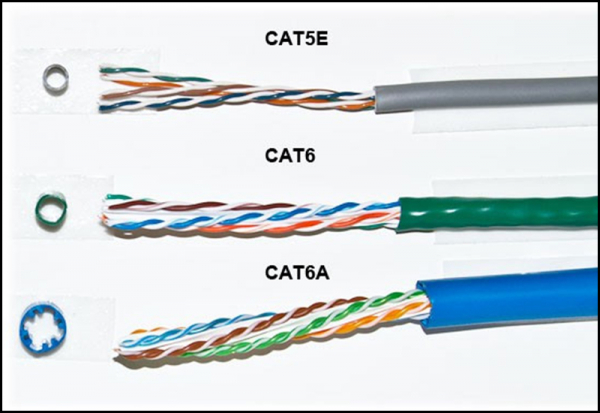
Comparing Ethernet with Wi-Fi
To understand Ethernet in detail and make a reasonable choice between Ethernet and Wi-Fi, refer to the comparison of the advantages and disadvantages of both:
| Ethernet | Wi-Fi | |
| Advantages | Stable signal speed due to wired connection to the network modem. High reliability and security, as wired connections make it easy to monitor and control who connects to your local network. |
Low installation costs without the need for cables or additional support devices. Convenient for connecting to mobile devices as Wi-Fi does not use physical connection ports. Users can move freely without worrying about network connectivity issues. |
| Disadvantages | High installation costs for purchasing cables, protective coverings, etc. Limited connection ports, restricting the number of devices connected simultaneously. Lack of mobility, making it suitable only for fixed devices like computers and TVs. |
Slower signal speed, prone to connection drops, and weakened by physical obstructions. Lower reliability and security, easily susceptible to unauthorized access. |
The above article explains what Ethernet is. Hopefully, this article will help you understand more about Ethernet and make suitable choices for your needs!
